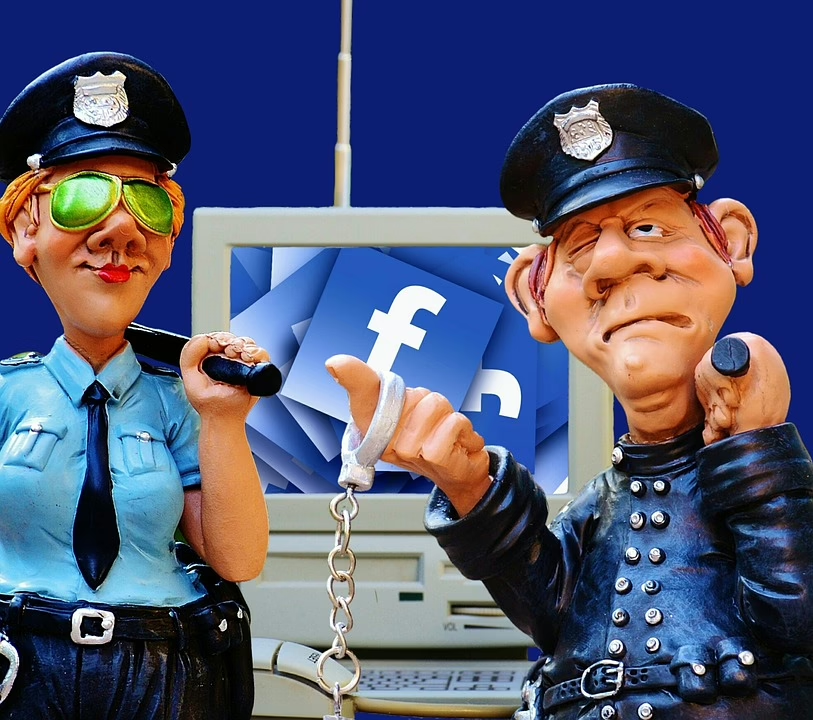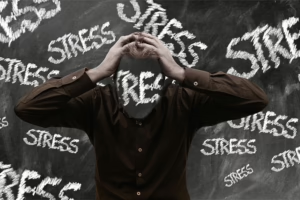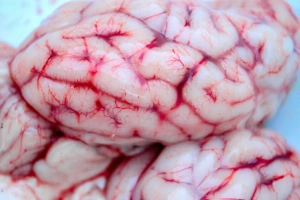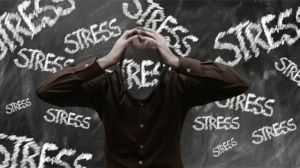The Bystander Effect: Why People Sometimes Fail to Act
Introduction
The bystander effect is a social psychological phenomenon that occurs when individuals witness an emergency situation but fail to intervene. This paradox evokes a deep-seated inquiry into human behavior: Why do people stand by in moments of crisis? Understanding the bystander effect not only reveals insights into human psychology but also has significant implications for societal behavior in emergency and non-emergency situations alike.
The term “bystander effect” was popularized following a landmark study in the 1960s by social psychologists John Darley and Bibb Latane. The researchers observed that the presence of other people decreases the likelihood of an individual offering help in a crisis. This can occur even in situations where action is critically needed, like accidents or assaults. This article aims to explore the nuances of the bystander effect, its psychological underpinnings, relevant case studies, and possible interventions to mitigate its impact.
Historical Background
The bystander effect gained prominence after the murder of Kitty Genovese in 1964. Genovese was attacked outside her New York apartment, and despite her cries for help, none of the numerous witnesses intervened or called the police until it was too late. This incident spurred a wave of psychological research aimed at understanding why people fail to help in emergencies.
The Notion of Social Responsibility
Research on the bystander effect highlights the idea of “social responsibility.” This concept implies that individuals feel less compelled to assist someone in need when they believe others are present who should also act. The diffusion of responsibility can sometimes create a paradox where an individual assumes someone else will step up, leading to a stalemate in action.
Key Studies and Findings
Darley and Latane’s Research
In their seminal experiment, Darley and Latane conducted several studies wherein participants were placed in a room and exposed to a fake emergency scenario, such as smoke filling the room. They discovered that the presence of others significantly affected whether individuals reported the emergency. In groups, participants were less likely to respond, primarily due to the diffusion of responsibility.
Findings:
- Diffusion of Responsibility: When in a group, individuals often believe that someone else will take action, reducing their own sense of obligation to help.
- Pluralistic Ignorance: Individuals look to others for cues on how to react. If no one else seems concerned, they may conclude that there is no real emergency.
Later Research
Subsequent studies have further examined the bystander effect, exploring how various factors influence the likelihood of intervention. For instance, research indicates that:
- The Nature of the Emergency: More ambiguous situations often lead to inaction. If the emergency is unclear, people tend to rely on the responses of others.
- Victim Characteristics: Bystanders are more likely to help if the victim appears to be similar to themselves, whether in terms of gender, race, or social standing.
- Group Size: The larger the group, the less likely someone is to take action. This reinforces the diffusion of responsibility.
Theories Behind the Bystander Effect
Social Influence
One of the primary mechanisms underlying the bystander effect is social influence. People are heavily influenced by the reactions and behaviors of those around them. If no one is reacting to a clear emergency, individuals may erroneously conclude that the situation is less serious than it seems. This phenomenon was notably illustrated in a study where participants were asked to watch a video of someone experiencing an epileptic seizure. Those alone tended to help more quickly than those in a group, where others were present but did not react.
Cognitive Dissonance
Cognitive dissonance plays a pivotal role in the bystander effect as well. When individuals fail to act despite possessing the knowledge that they should help, they experience discomfort. To alleviate this dissonance, they may convince themselves that their intervention was unnecessary, thereby rationalizing their inaction.
Fear of Judgment
Fear of negative evaluation can also inhibit action. Individuals may worry about how their intervention will be perceived, particularly in ambiguous situations where the emergency is not clear-cut. This trepidation can lead one to prioritize personal reputation over altruism.
Case Studies Illustrating the Bystander Effect
The Case of Kitty Genovese
As previously mentioned, the murder of Kitty Genovese is a hallmark example of the bystander effect. Research following the incident sought to dissect why her neighbors failed to help or call the police, despite knowing an attack was in progress. The case exemplified both the diffusion of responsibility and pluralistic ignorance.
The Murder of George Floyd
Contemporary instances, such as the murder of George Floyd in 2020, further highlight the complexities of the bystander effect. Witnesses to Floyd’s restraint often filmed the event rather than intervening, raising questions about societal responsibility and the implications of digital documentation versus active intervention.
Addressing the Bystander Effect
Education and Awareness
One of the most effective ways to combat the bystander effect is through education. Instilling a sense of personal responsibility and the knowledge that one’s actions can make a difference is crucial. Programs that teach individuals how to respond in emergencies can empower them to act when the moment arises.
The “Say Something” Campaigns
Initiatives like “Say Something” campaigns encourage individuals not only to acknowledge crises but to take active steps. This approach fosters a culture of intervention, making it more socially acceptable to intervene in emergencies.
Bystander Intervention Training
Training programs aimed at teaching specific intervention strategies can also help. Such training typically covers how to assess a situation, communicate effectively, and take appropriate action, all while alleviating some of the fears that may accompany intervention.
Conclusion
The bystander effect is a multifaceted phenomenon that intertwines with various psychological principles and societal constructs. It serves as a mirror reflecting the innate complexities of human behavior—our innate instincts for self-preservation, social conformity, and moral responsibility. Understanding the underpinnings of the bystander effect not only provides insights into human nature but also offers pathways for fostering a more proactive culture of intervention.
By educating ourselves, promoting awareness, and cultivating a supportive environment, we can empower individuals to act—transforming potential inaction into meaningful assistance. The challenges posed by the bystander effect are as much about understanding our innate responses as they are about rewriting the narratives that dictate our actions. In promoting a society that prioritizes personal responsibility over passive observation, we can foster a community that rallies around those in need, creating a ripple effect of compassion and action.
References
- Darley, J. M., & Latane, B. (1968). Bystander intervention in emergencies: Diffusion of responsibility. Journal of Personality and Social Psychology, 8(4, Pt.1), 377.
- Latane, B., & Darley, J. M. (1970). The Unresponsive Bystander: Why Doesn’t He Help? New York: Appleton-Century-Crofts.
- Fischer, P., Greitemeyer, T., Pollo, T., & Frey, D. (2006). The bystander effect: A meta-analytic review. Psychological Bulletin, 132(4), 516–536.
- Schwartz, S. H. (1977). Normative influences on altruism. In L. Berkowitz (Ed.), Advances in experimental social psychology (Vol. 10, pp. 221–279). Academic Press.
- Latané, B., & Darley, J. M. (1970). By-stander Nonintervention in Emergencies: Diffusion of Responsibility. Journal of Personality and Social Psychology, 10(3), 215–221.
(Note: Ensure to verify and add scholarly references to augment this foundational overview of the bystander effect.)


























Add Comment